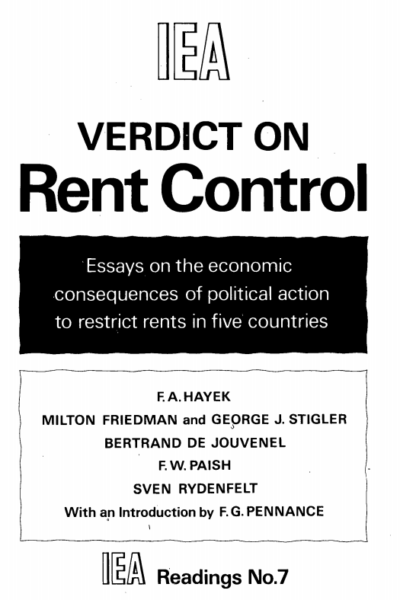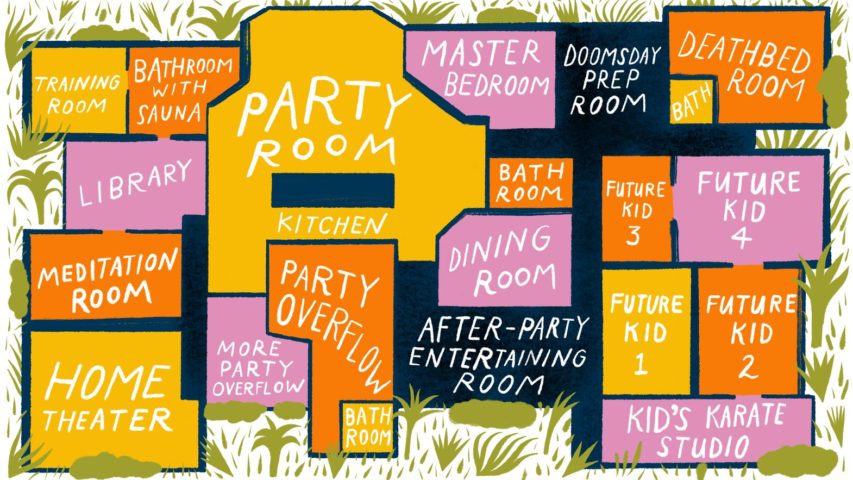Sadly, for advocates of rent control in other cities, the changes are not positive for renters or landlords:
In the beginning of this year, the city government of Berlin brought in a rent freeze, a particularly crude form of rent control. Predictably, this led to calls from certain quarters for introducing similar measures here in London. I had several discussions about this, making the standard economic case against rent controls, but to no avail. I was told that I was blinded by neoliberal dogma, that the world is not as simple as my Econ 101 textbook, and that this was a brilliant and necessary measure to rein in the power of greedy landlords and speculators.
The first results are already in now, and they can be interpreted as the revenge of Econ 101. In Berlin, the supply of new rental properties coming on the market has fallen by a quarter compared to last year. No, this is not because of the virus: in other big cities such as Hamburg, Munich and Cologne, supply has increased by a third over the same period.
In fact, the one subsector of Berlin’s rental market which is exempt from the rent cap, namely new-built properties, is not that different from the rental markets of other big cities. In this subsector, the number of new rental properties coming on the market has increased by a quarter. Yet in the main market, where the cap does apply, supply has fallen by almost half – a drastic reduction, which more than cancels out any gains made elsewhere.
There has also been an increase in the number of properties that are up for sale, rather than rent, because while rents have been capped, sales prices have not.
So whether you compare the rent-capped part of Berlin’s rental property market to its counterpart in other cities, to its cap-exempt counterpart in Berlin itself, or to the owner-occupier sector – the result is always the same. The rent cap clearly is having a negative impact on supply, and this is happening astonishingly quickly: even I was not expecting to see any impact in this year, or the next.
None of the arguments against rent controls are new. You can already find them all in Verdict on Rent Control, a book which the IEA published in 1972. The book is actually a collection of papers on the subject, some of which are much older than that. It contains one paper by Milton Friedman and George Stigler on wartime rent controls in the US, which were still lingering after the war had ended. It was first published in 1946, but they were already having the same arguments then that we are still having today.










